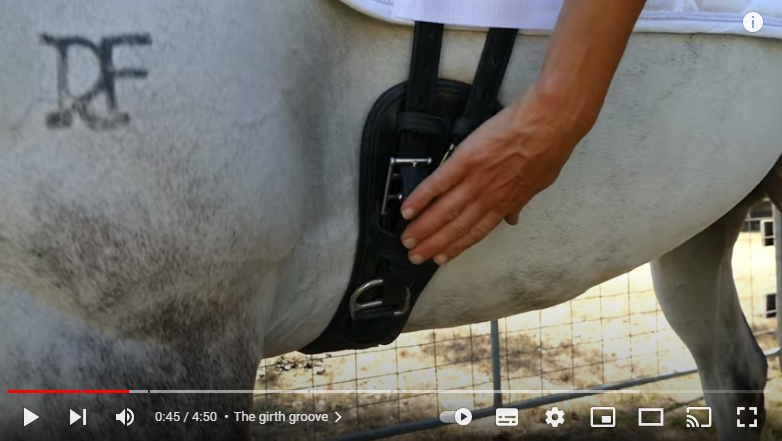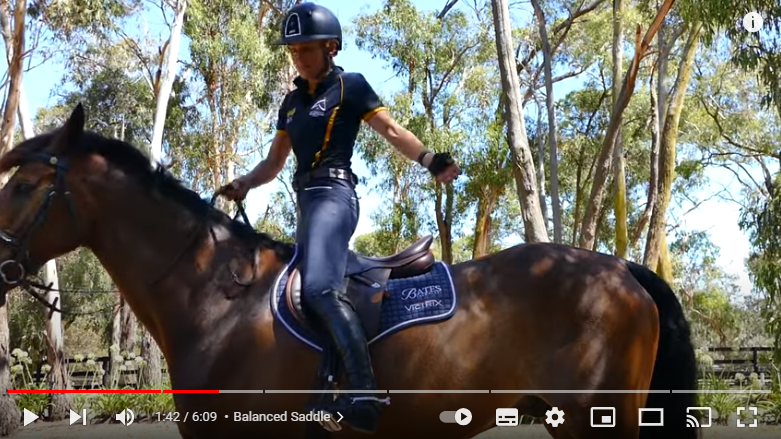The realisation our saddle may no longer be fitting correctly is often a slow and evolving one. Thankfully, our riding struggles can usually be resolved with adjustments to our existing saddle.
There are a few key aspects of saddle fit that you should conscientiously check periodically, specifically at least every three months.

Images for illustrative purposes only, we recommend the use of a saddle cloth.
A basic saddle fit check should occur unmounted and will involve:
Stand your horse square on level ground with the saddle girthed up, without a saddle cloth. From this position you can check:
- Saddle position
- Saddle balance (stand two metres away and while facing the side of the saddle, look for the lowest part of the seat to be level)
- The channel of your saddle for sufficient clearance
- Slide your hand between saddle and horse to check even bearing/contact
If any of these checks indicate your saddle is not fitting correctly, you may need a different gullet size or to make adjustments within the saddle panel. Consult with a saddle fitter for assistance.
You should also assess tack condition, including:
- Girth point condition – cracks, holes stretched
- Stirrup leather condition – cracks, holes stretched, stirrup leather unevenly stretched
- Girth condition – cracks, holes stretched or torn, elastic stretched

In addition to conducting saddle checks once every three months, booking a regular saddle fit with a professional saddle fitter will ensure your saddle is comfortable and safe for both you and your horse.

Having a regular saddle fit appointment will allow you and your horse to develop to the best of your ability over time and maximise your riding enjoyment!











